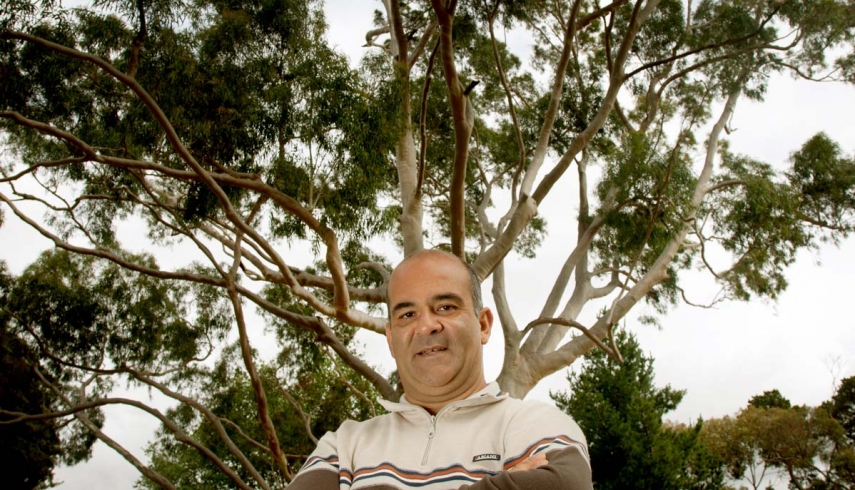AT first glance Charlie Buttigieg looks like any other visitor to Werribee Park, wandering around the grounds admiring the plants and trees. But Mr Buttigieg is actually playing a major part in the preservation of the majestic trees planted in the park.
One of the National Trust of Victoria’s significant tree register nominators, he is responsible for the addition of 21 historically and culturally significant Wyndham trees to the register.
In April 2012, Mr Buttigieg was accepted and endorsed by the National Trust of South Australia to become a tree nominator for the state.
CLICK on the carousel above to see some of the trees on the register.
As a nominator, he is asked to assess trees against 10 key criteria, including horticultural value, age, outstanding size, historical value, location and context.
He researches a tree’s significance to the local area, often with the help of historical societies, before submitting a report outlining why the tree should be granted a place on the register.
It is then up to a committee to decide if the tree should be registered.
Mr Buttigieg has been nominating trees for about seven years. He started after discovering a dawn redwood tree in a Balwyn garden he was working on. The tree was granted state significance by the committee, prompting him to nominate Point Cook Homestead’s common fig.
In 2010, he nominated a couple of elm trees in a private garden in Surrey Hills and was asked by the National Trust to become an official tree nominator and assist the committee in their work.
Mr Buttigieg says he enjoys the role because it combines his training in histography and his work as a horticulturalist and botanist. “This work has allowed me to bring both education and talents together. I have been the most prolific tree nominator in the last few years. I make sure I go out of my way to research and assess accurately as possible the history of the tree. It has become much bigger than what I set out to do.” Much of his recent work has focused on Wyndham after he discovered that the city was underrepresented on the register. He began by reassessing all of the trees on the register — some of which had not been checked for 25 years — before looking for new trees to nominate.
Mr Buttigieg found 21 new trees he believed were significant enough to be placed on the register.
“Most trees were found in Werribee Park but others were in the original home and garden of Rowland Carter in Werribee and on public land,” he says.
“One of the trees nominated is the only specimen of the Mexican weeping pine (pinus patula) in the City of Wyndham.”
Among his discoveries was a weeping Monterey cypress in Werribee Park and a sugar gum on the Princes Highway at the entrance to Werribee, part of a memorial planted in 1928 to commemorate William Calder, who was the head of the rural roads board. Today, the tree is more than 30 metres tall and has a canopy that is 29 metres by 26 metres.
“That is one of the most massive sugar gums in the state yet no one in the City of Wyndham knew what it was. I find it fascinating that amazing trees are around us everyday yet we walk, cycle and drive by and can’t see them.”
He views his work as a way to preserve history and for trees to tell their stories.
“My responsibility is to unlock that history and culture embedded in the wood or underneath the bark. I think my work is very important because it is bringing alive these past stories.”







